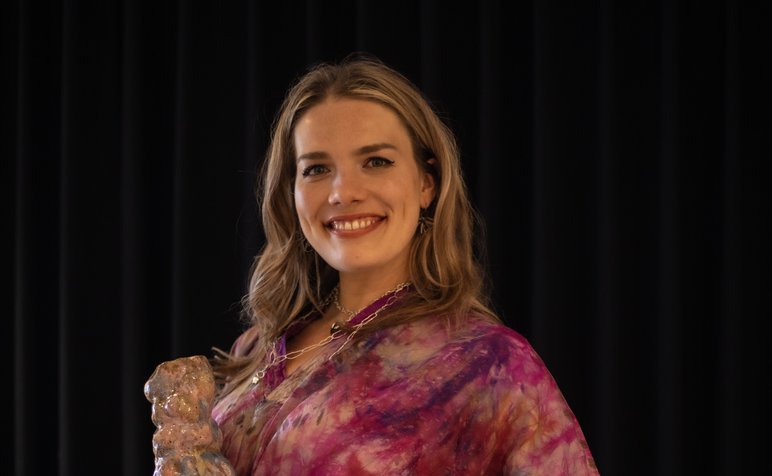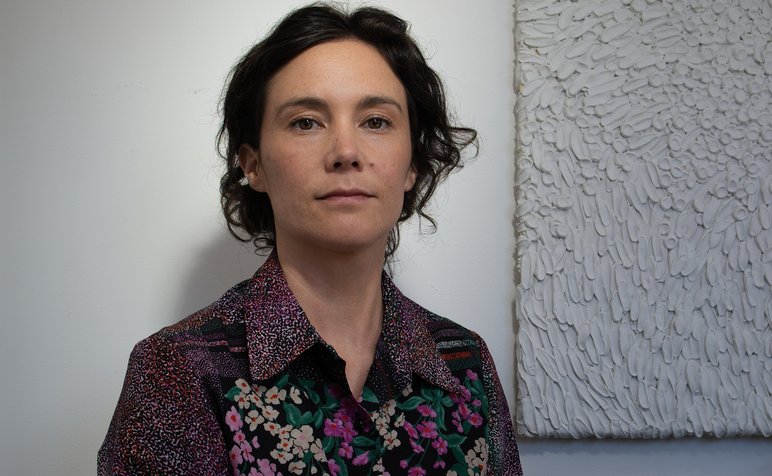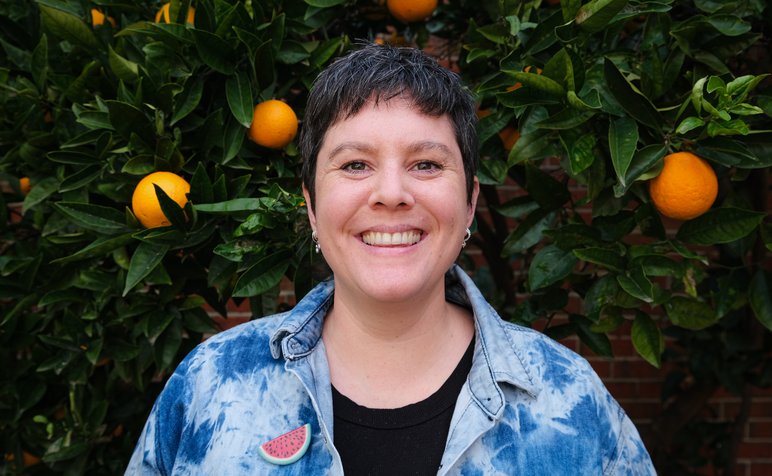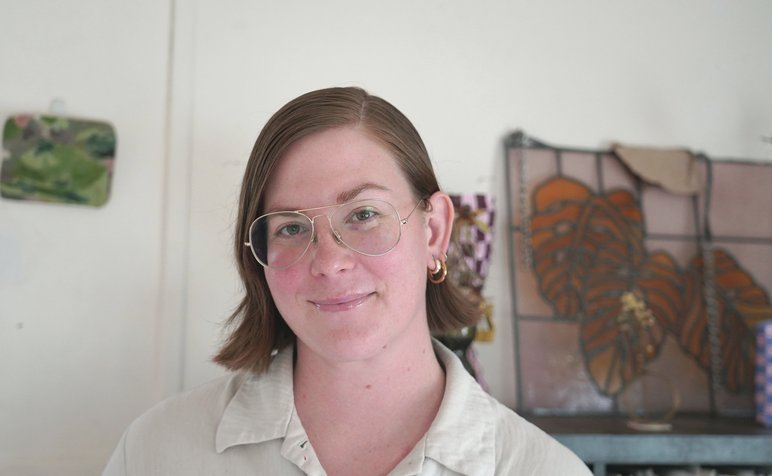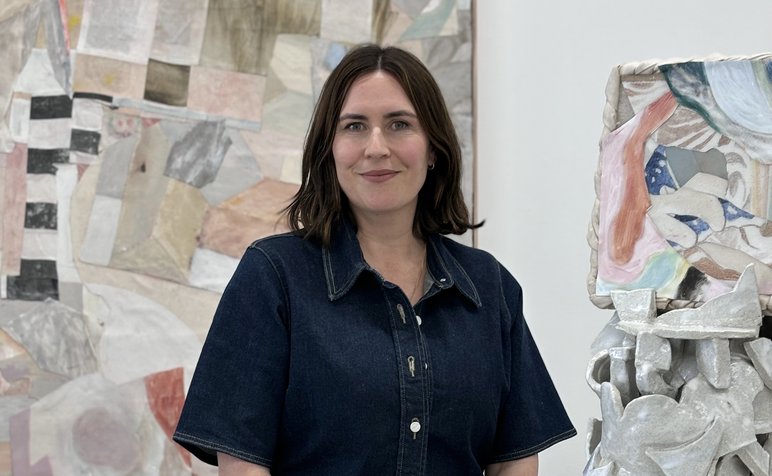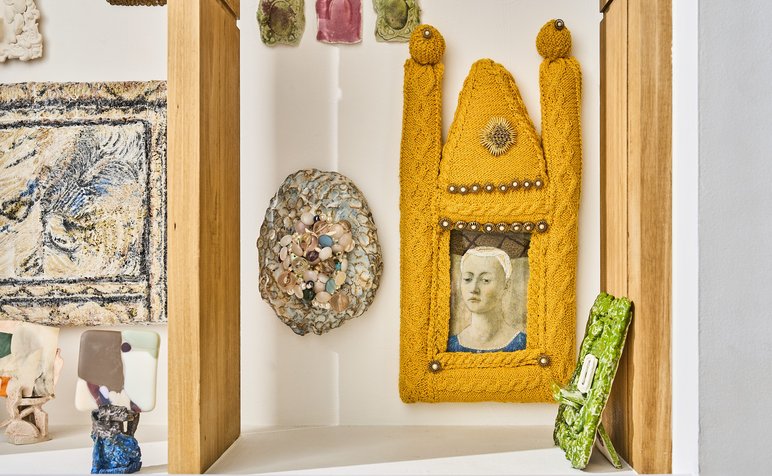
Salon Hang seeks to elevate the role of the frame in Western art. Philosophically, Kant’s focus on the sublime led him to deem the frame as meaningless, decorative and unnecessary. Yet arguably in the history of painting and image-making, “the ultimate object is the frame”, operating as a physical division between artwork and architecture, image and object (Mathieu, 2007). Traditionally a hierarchy of material has governed how and where certain art objects have been regarded and exhibited – for reasons of class, gender and culture. The split between art and craft began in the Renaissance period, when the “heroic” notion of the artist developed in opposition to artisans working collaboratively in an atelier. This split still exists in our institutions and in the art market today.
This exhibition contends that the frame exists beyond its status as a boundary – it can also be a space of experimentation and opportunity. In Salon Hang, female and non-binary artists working in various craft mediums have made frames that function as artworks. As well as somewhere to display paintings, the “salon” was a place where women came together to educate themselves. Salon Hang attempts to connect women and non-binary artists from various creative backgrounds, using the frame and craftwork as symbols for collective solidarity.
Mathieu, P 2007, ‘Object theory’ in R Chambers, A Gogarty & M Perron (eds.), Utopic Impulses: Contemporary Ceramics Practice, Ronsdale Press, Vancouver, pp. 111-127.

Collect the Exhibition works
Discover available works online.

